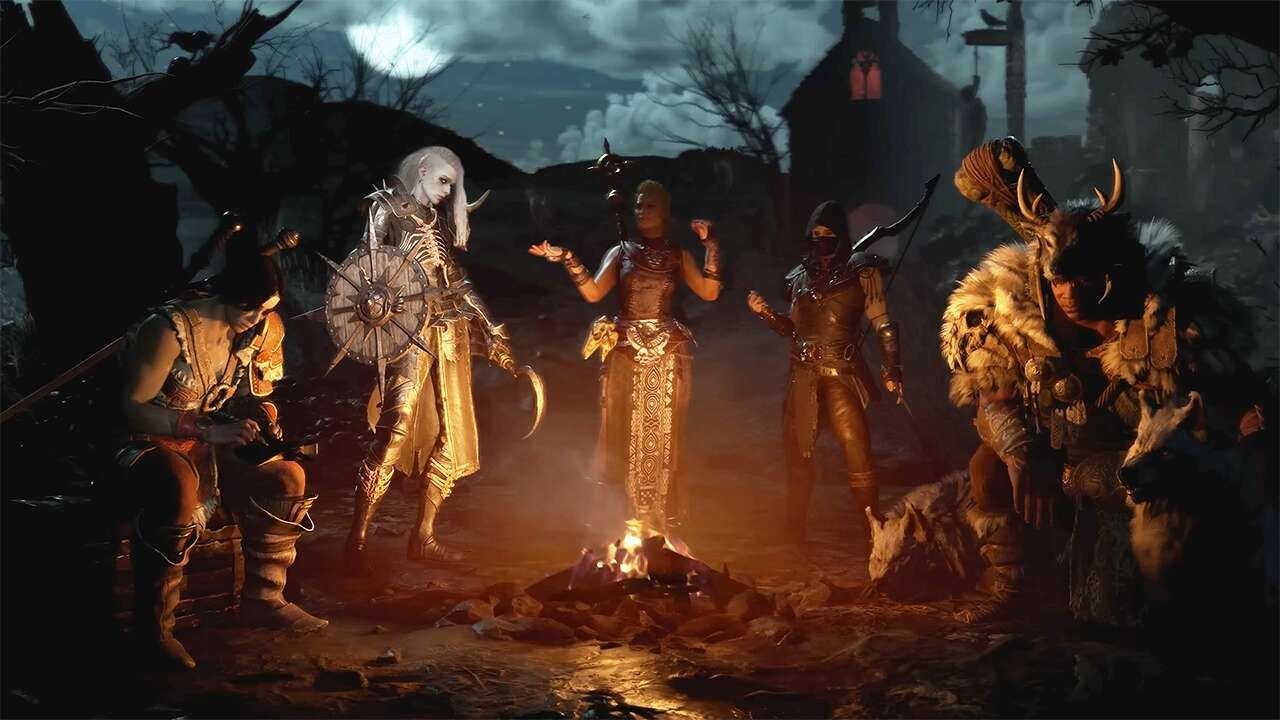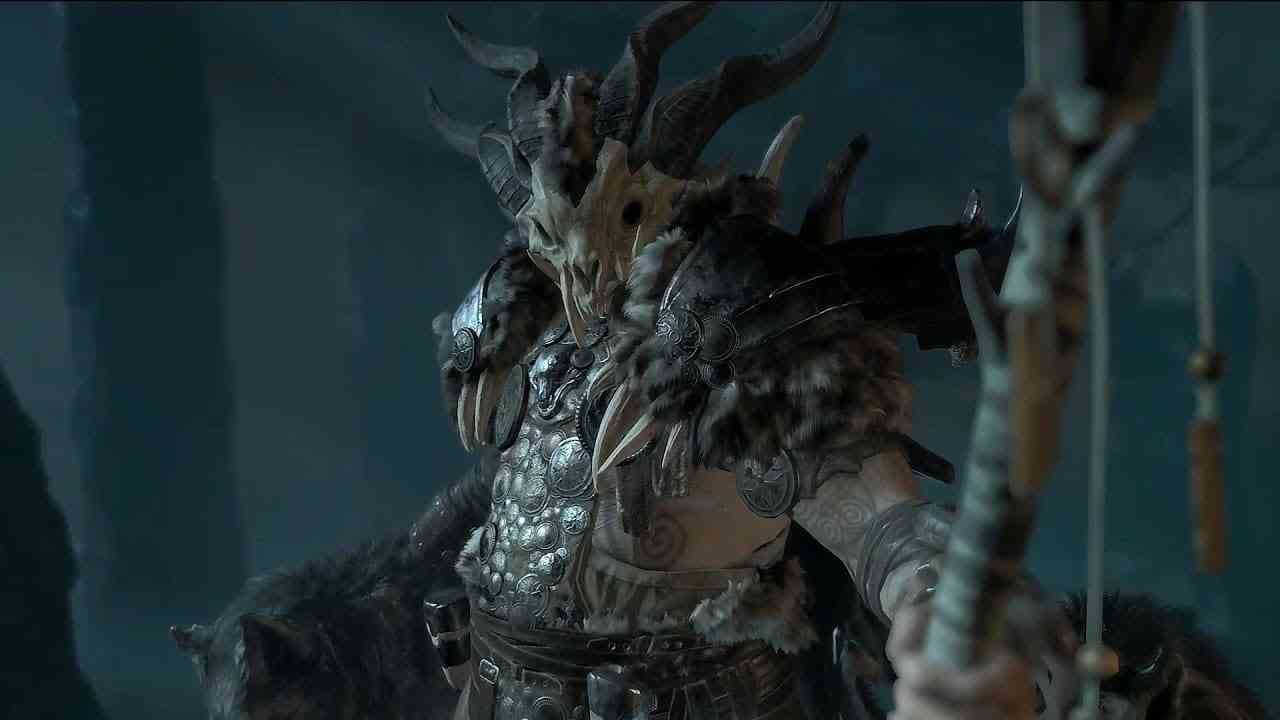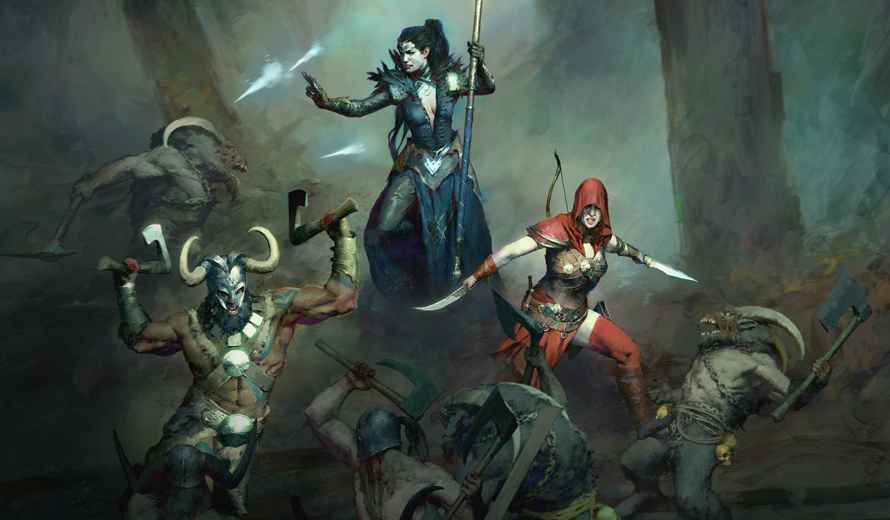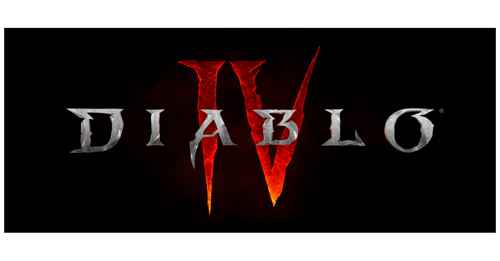Diablo IV Review–No Story Spoilers
Every gamer has a story about THE game. You know the one. The first game that kept you up at night, calling in sick for work or missing class, turning your gaming space into a funky-smelling trash heap of pizza boxes and soda cans. For me, it was Diablo 2. When Diablo 2 Resurrected was released it was a sweet blast from the past. Now we have Diablo IV. Does it wipe away some of Blizzard’s missteps of late and return Diablo to glorious, menacing form?
Every Inch Diablo
The first Diablo and its sequel were isometric action-RPG/dungeon crawlers that essentially set the standard and formed the template for the genre. Even in 2023, you can see Diablo’s DNA in just about every third-person hack-and-slash game. When Diablo 3 was released in 2012, it edged the franchise closer to becoming an MMORPG. Not everyone loved its always-online requirement and brighter color palette, but the addition of PvP added a new dimension. Overall, Diablo III managed to maintain the series’ high standard of production values and evolved its mechanics.
Ten-plus years later, we have Diablo IV, and it’s first and foremost a return to the glorious, dark gothic form of Diablo II. It retains the quality-of-life enhancements that appeared in the third game and adds a significant number of new ways to play, and to make replays endlessly worthwhile. It’s not an entirely fresh, new experience. Instead, it’s the best possible sequel to Diablo II. It’s the Diablo that we — and probably Blizzard — could only dream of at the turn of the 21st century.
Lilith Fair
Sadly, we can’t go too far into the story due to the early embargo, but you might have heard the basics. Diablo IV takes place in a world called Sanctuary. Legend has it that Sanctuary was created by the union of a demon named Lilith and an angel named Inarius. Their union spawned Sanctuary, and humanity, and eventually led to civilizations and cultures. As you enter the game, Sanctuary has been overrun by demons and unholy animal mutations, because Lilith has been re-awakened and corrupts everyone and everything she touches. Cult-like worshipers of Lilith are consumed by darkness and enraged, while the pious members of the Cathedral of Light seek comfort and desperate hope.

As narratives go, it’s a grimdark burner, with Blizzard’s trademark, theater-quality cinematics and hours of in-engine cutscenes. They’re incredibly impressive, with detailed, fluid, and lifelike animations at a smaller scale. While we’re talking story, Diablo IV’s is oversized and, no surprise, incredibly well-voiced by dozens of seasoned professionals.
The main quest fractures into several branches that can be completed in any order, with enemies scaling appropriately to the player. Sanctuary is divided into five sprawling zones, each with varied topography, flora and fauna, settlements, cities, and well over a hundred dungeons to explore. Connected seamlessly without loading screens, the zones also transition naturally. Especially in the towns, there’s incredible attention to detail. Unfortunately, the hub areas are also where I ran into some annoying framerate stutters and rubber banding. This was most likely an issue with the always online aspect of Diablo IV.
Classic Classes
At release, players can dive into the excellent character creator and then pick from five iconic classes: Barbarian, Druid, Necromancer, Rogue, and Sorcerer. They’re all fun to play, and each has a multi-branching skill tree. I played a Sorcerer and over time advanced my lightning, fire, and frost spells. Some games like Path of Exile have a leveling metagame with an overwhelming number of choices and upgrade paths. Diablo IV strikes a good balance here. There are plenty of ways to make characters unique, but you won’t be overcome by decision paralysis. While the base classes might not be anything revolutionary, they can be evolved into incredibly potent characters. Between the skills, weapons, and armor, it’s rare to find exact duplicates of any character.
Of course, a great deal of a character’s effectiveness is the way their learned skills interact with weapons. Diablo IV is a classic hack-and-slash dungeon crawler, so there is a metric ton of loot to find. It’s everywhere. The inventory system has naturally evolved over the years and it’s easier than ever to sort and compare gear according to rarity and usefulness. Add to the loot drops what’s available from vendors, quest givers, and what you can craft yourself.

Just about everything we’ve described so far could be the foundation for an MMORPG, and that is definitely one of the ways the Diablo franchise has evolved. The way players can form cooperative groups, world events that cater to concurrent players, and postgame content that’s geared to high-level online play and PvP, is all MMO-like. Of course, the ability to switch seamlessly from solo to group play necessitates an always-online mechanic. There’s no offline play, and that will be a deal breaker for some. I get it. I wish there was an offline solo mode, too.
New Addiction
What continues to define Diablo is combat. Back in the day when control was exclusively mouse and keyboard, hands stiffened into a permanent claw from endless pointing and clicking was no joke. Diablo IV’s loop of exploration, hack-and-slash combat, and loot-filled dungeon crawling is as addictive as ever. It’s simple, elegant, and endlessly entertaining.
Enemies in Diablo IV come, as they always have, in packs and large groups, each with special ways to ruin your day. Enemies vary from zone to zone and they scale to player levels so the challenge hits the sweet spot more often than not. If I have one complaint about combat it’s that boss fights are quite often protracted, wave-based slogs. Solo players might find them bordering on tedious. The developers are obviously pushing the design towards co-op play, because those same bosses are far more interesting in co-op.
Although the enemies are more detailed, have incredible weapons, powers, and cool particle effects, they’re as brain-dead as ever. Just like in Diablo II, they have one strategy, which means attacking the player head-on. Would enemies who flank the player or retreat and heal or work in formations be more fun? I’d like to find out sometime.
Grimdark and Gorgeous
Anyone who complained that Diablo III was too bright and colorful, rejoice. Diablo IV is gothic, dark, and swimming with shadows, muted colors, and earth tones. It looks rich and somber, just like a land in the thrall of Lilith should. If you’re surprised that Diablo IV sounds as good as it looks, you’ve never played a Blizzard game. Music, environmental and combat sounds, voice acting, menus, and interfaces are models of understated, polished design.
Anything up to running the game in Ultra 4K on the PC requires relatively attainable hardware. My only issues were some hiccups in crowded areas and in dungeons with a cast of thousands. I don’t know if the issue was connectivity or code. Speaking of connectivity, while the review servers ran smoothly, with virtually no queues, the beta tests didn’t fare as well. Let’s hope Blizzard is ready.

Diablo IV is the true successor to the second game, returning the franchise to its dark, gothic roots with a wild, operatic narrative and bold characters. Gameplay is as addictive as ever, and the sprawling campaign is only the start of a massive amount of content to experience. While Blizzard keeps nudging Diablo’s design towards MMORPG-style multiplayer and co-op, there’s no lack of fun for solo players, even if some bosses are better with friends. With off-the-charts production values and compelling characters and combat, Diablo IV is just about as good as the genre can get.
***PC code provided by the publisher for review***
The Good
- Incredible production values
- Deep and engaging combat
- Lots of content and replayability
- Excellent story and acting
The Bad
- Online performance issues
- Some bosses are best in co-op
- No offline mode

